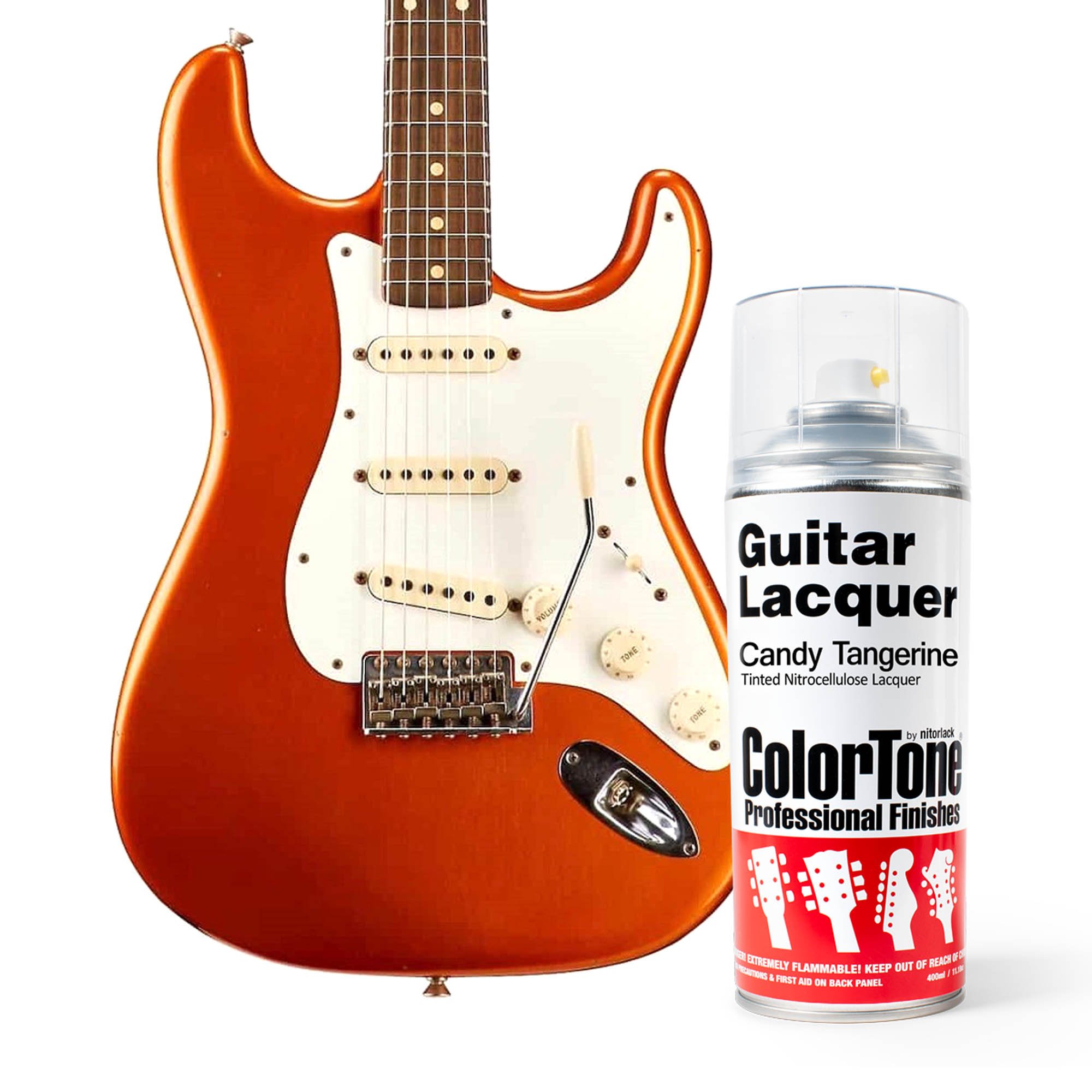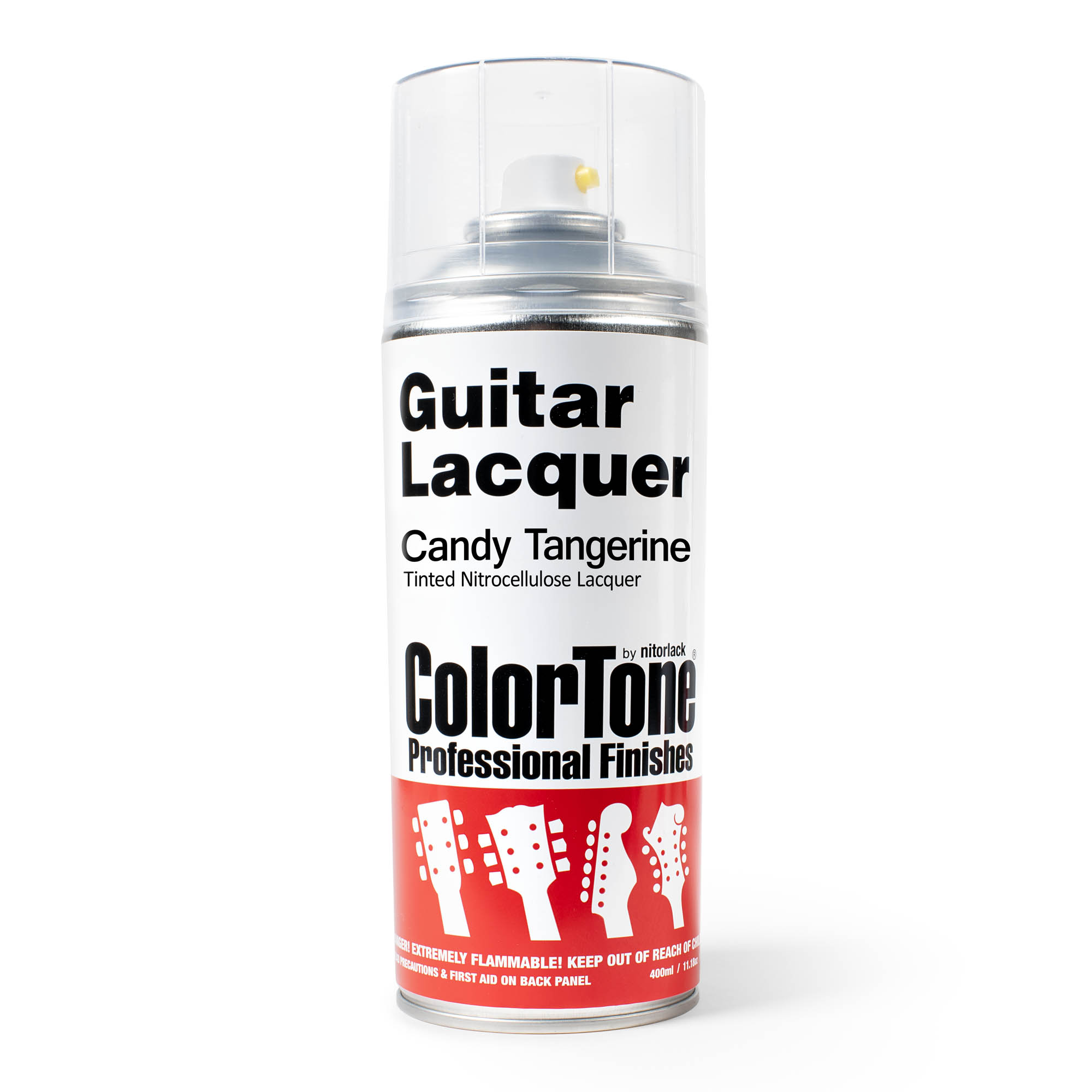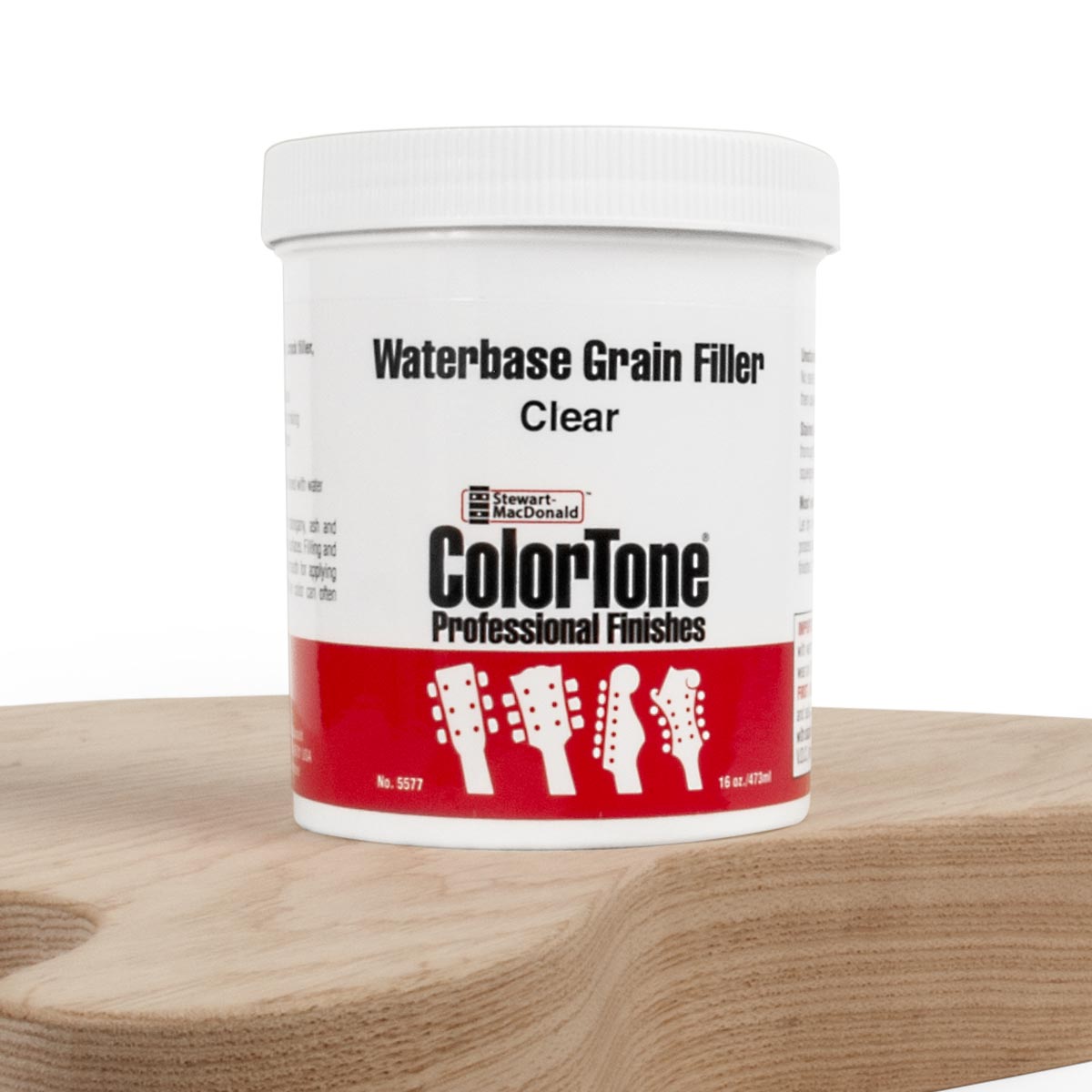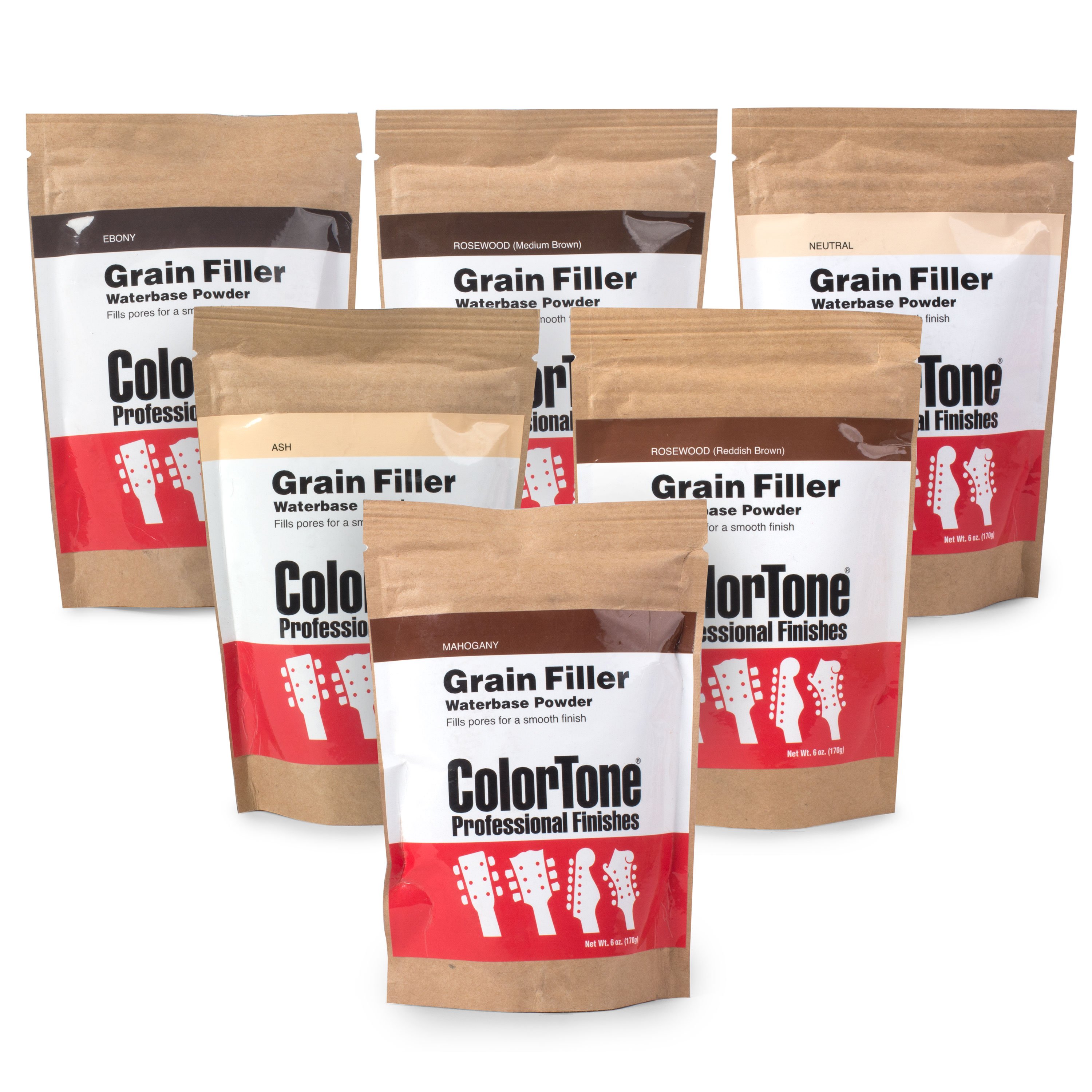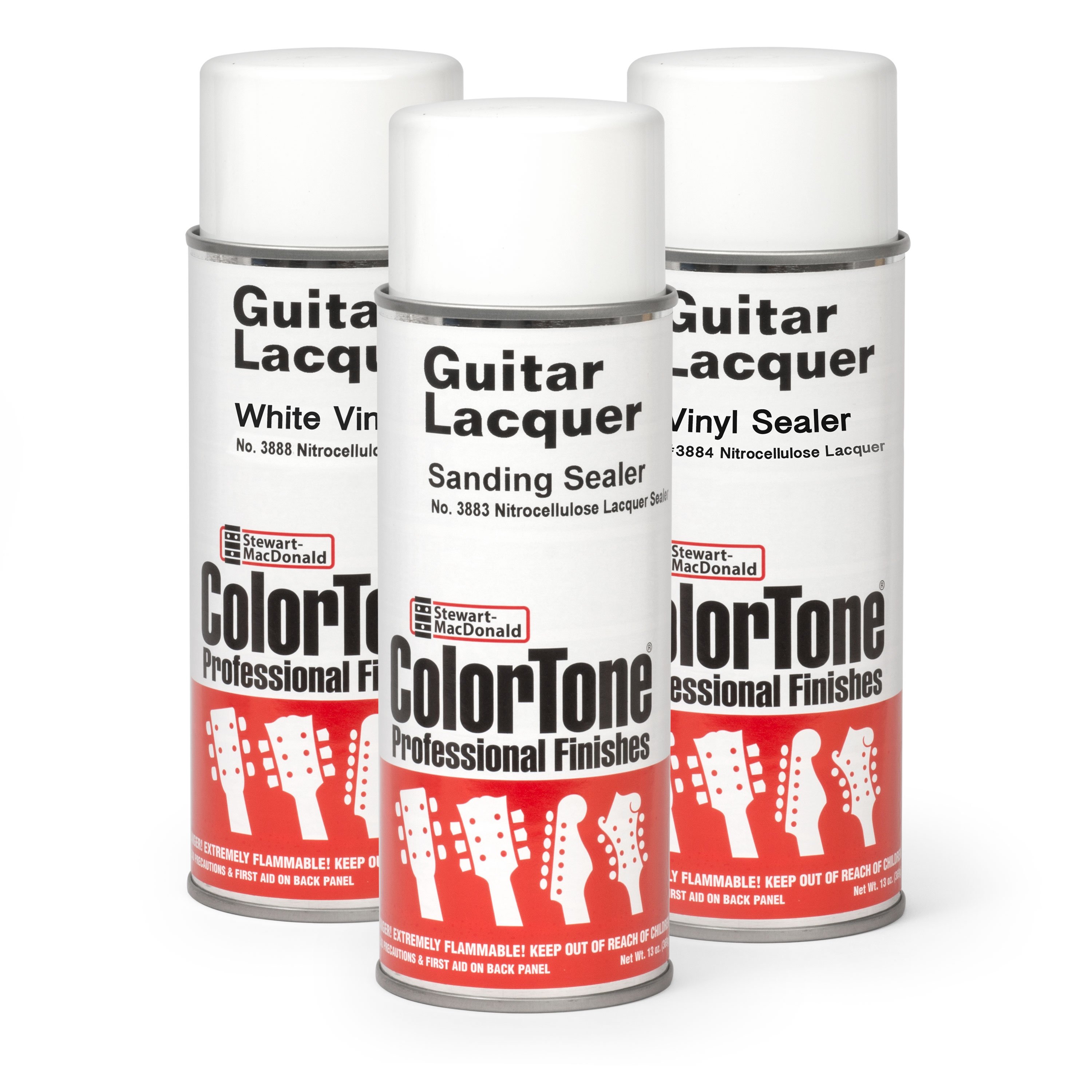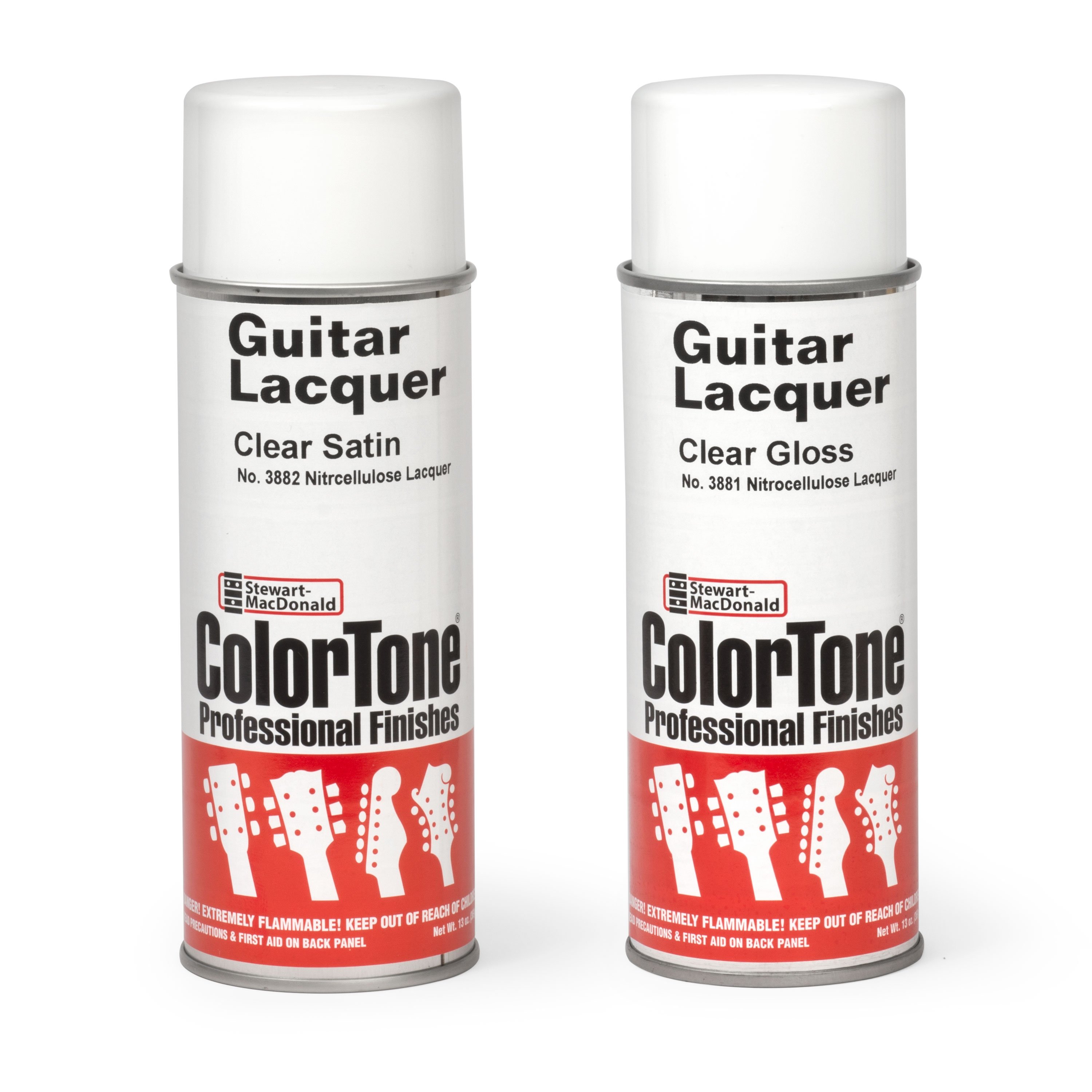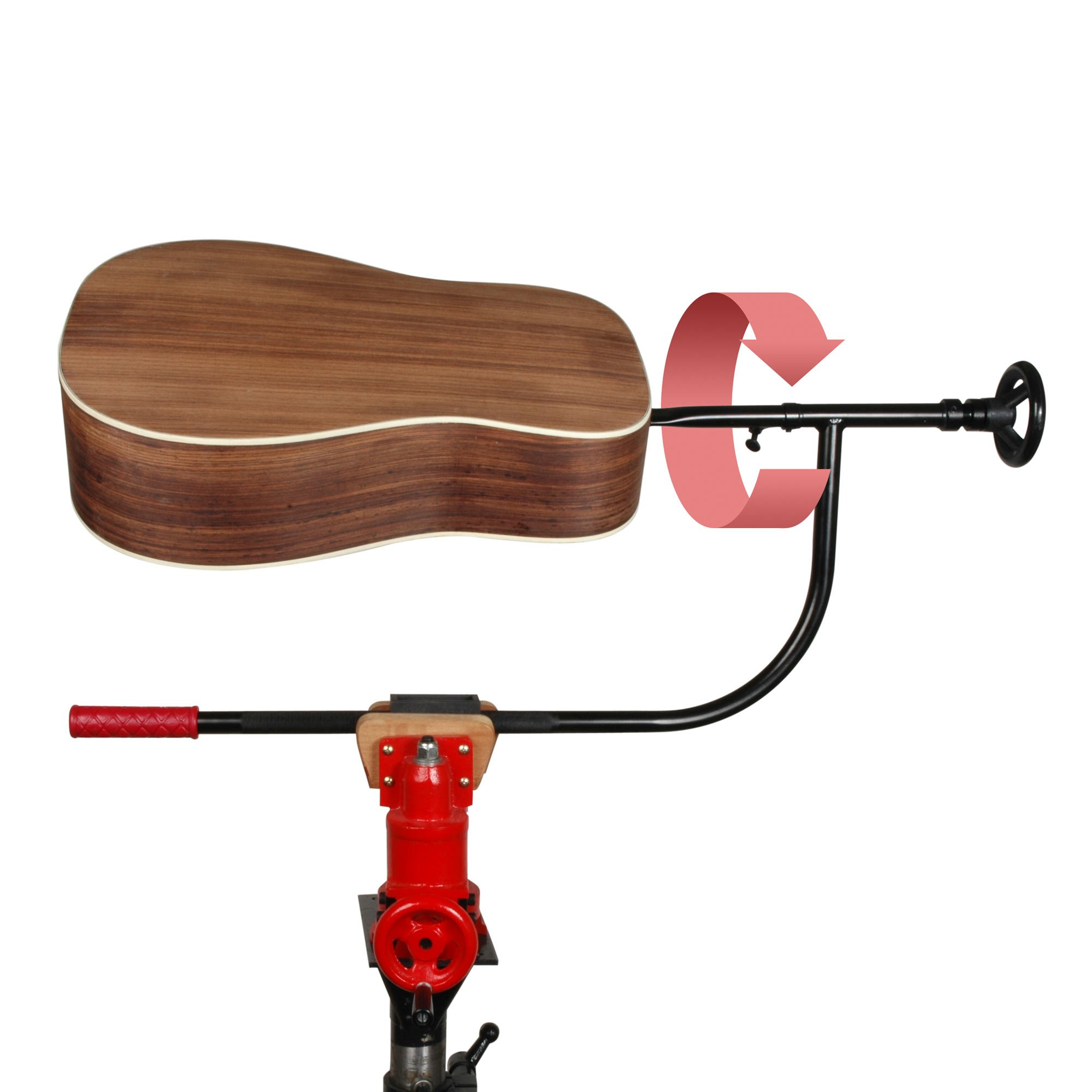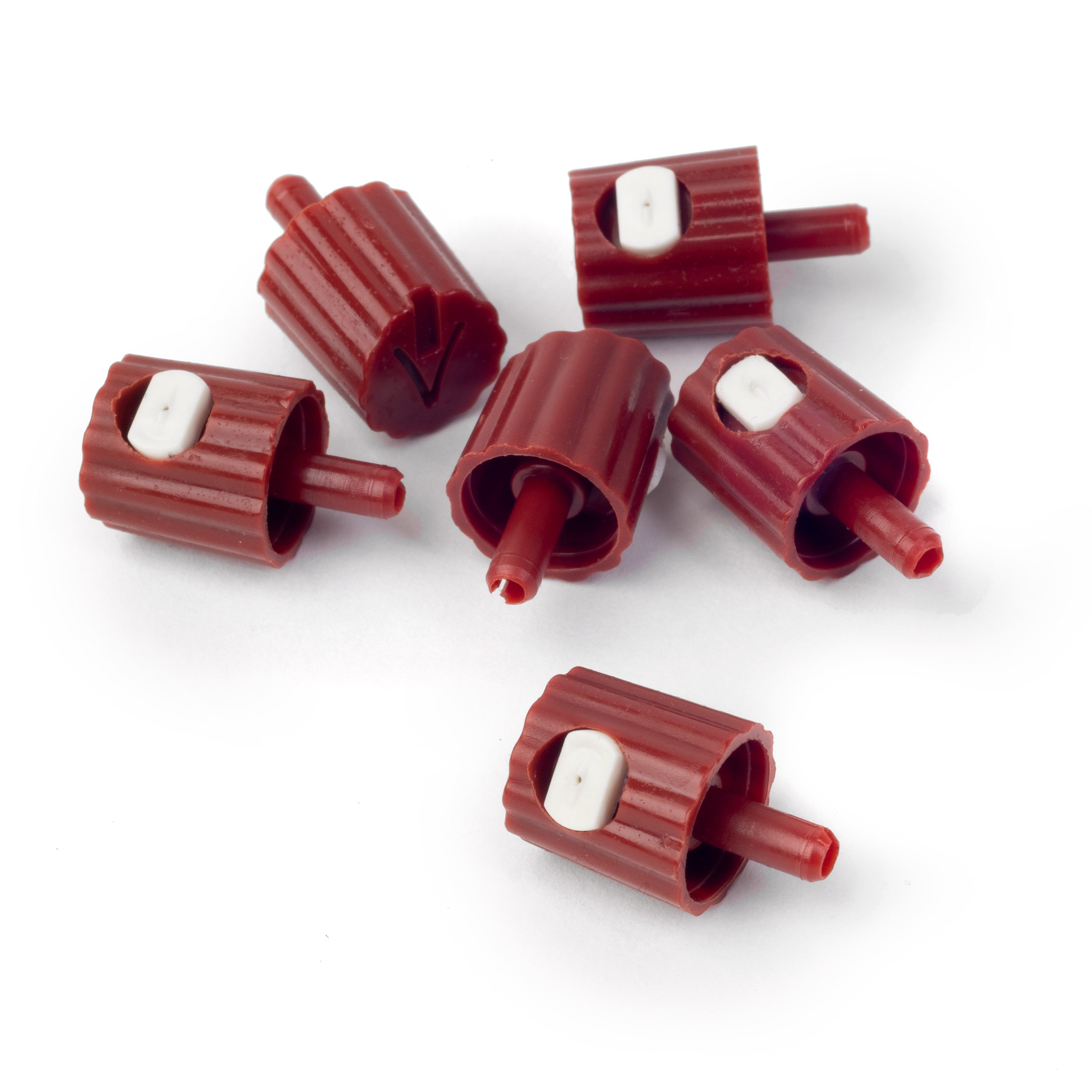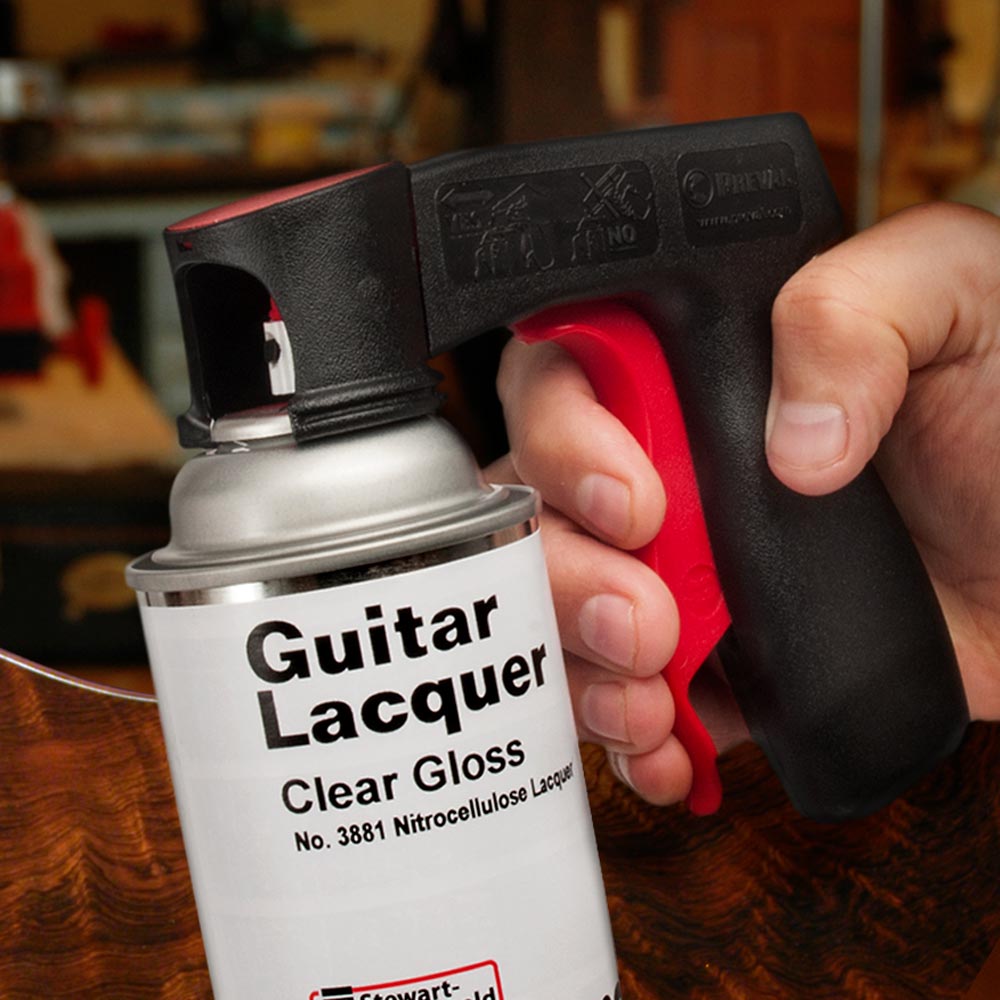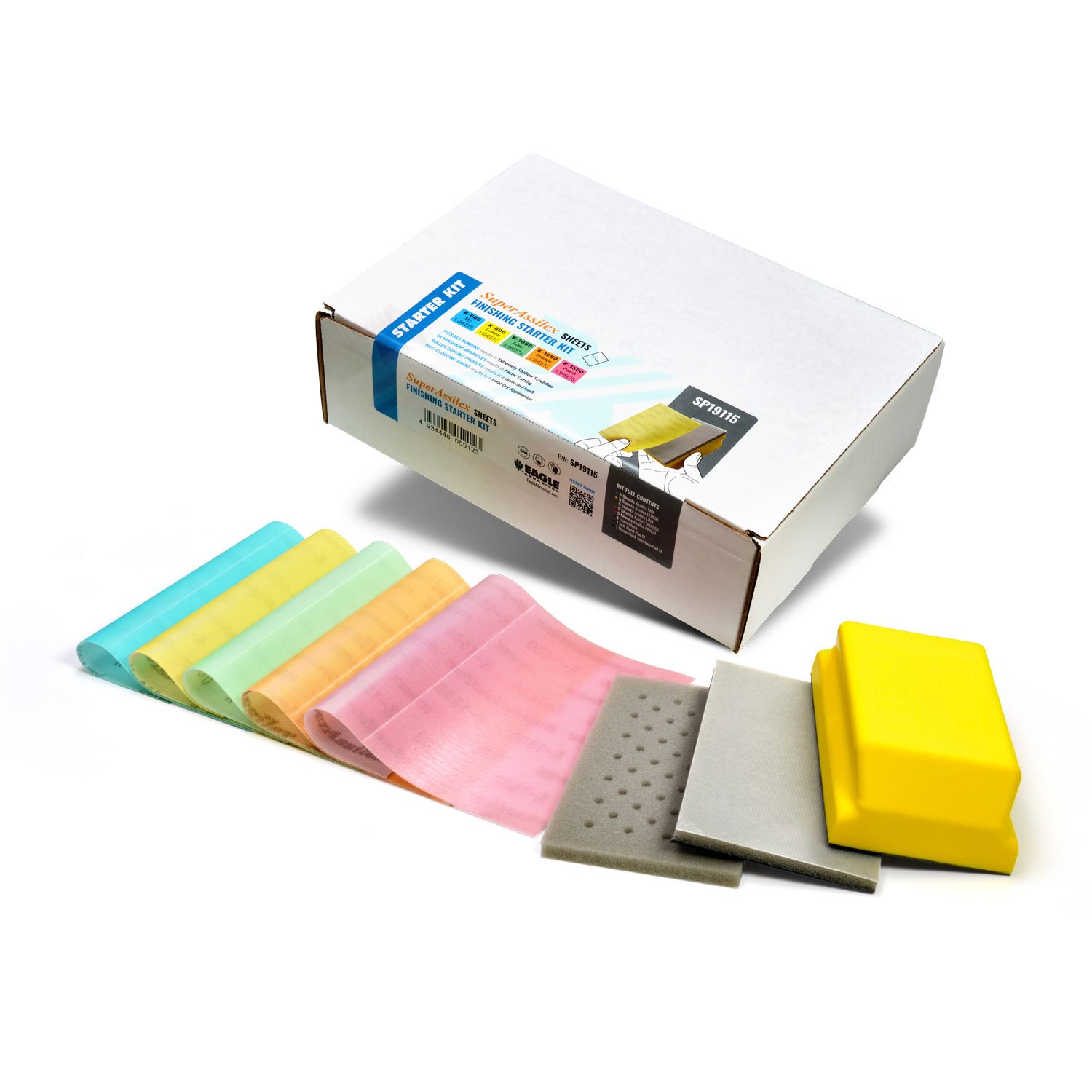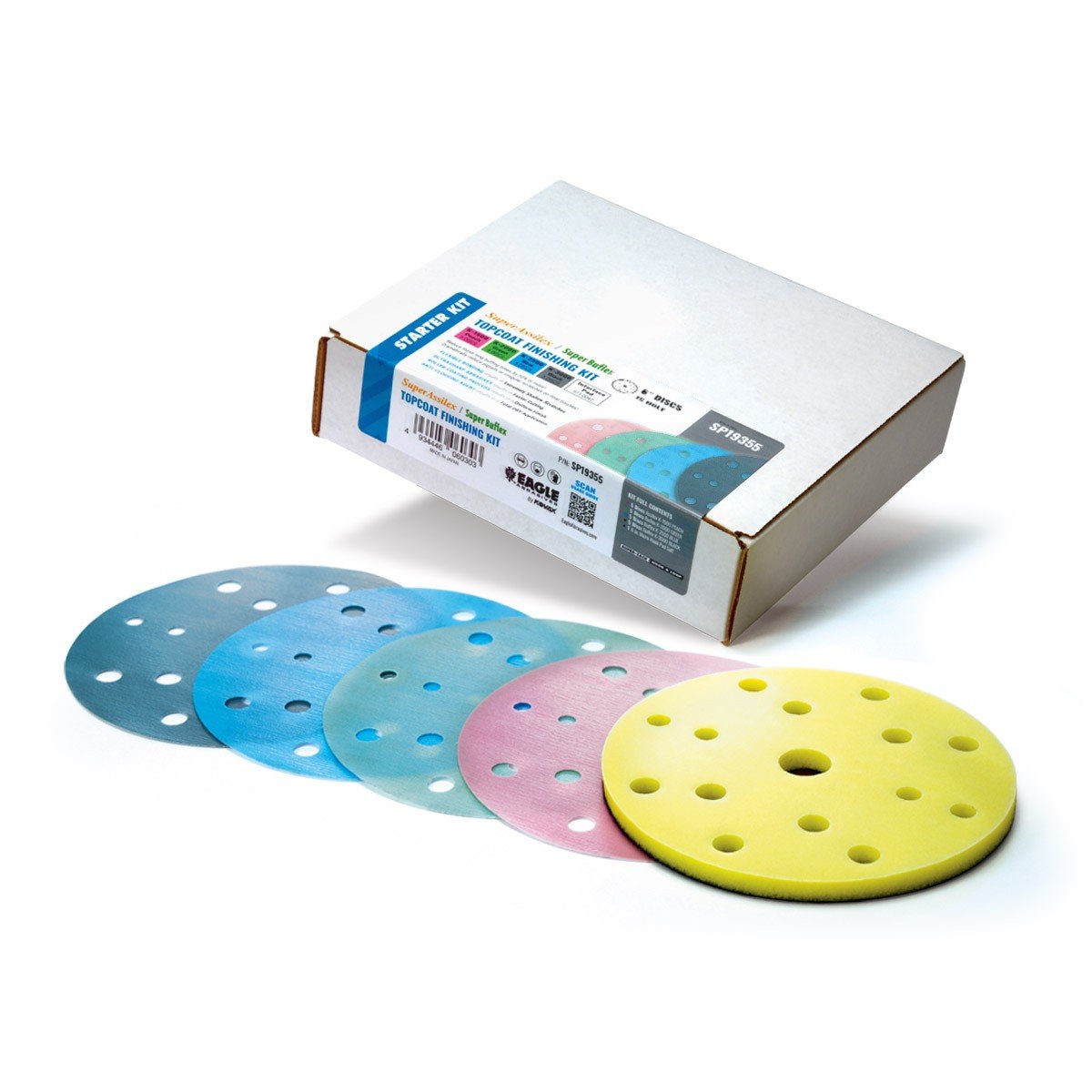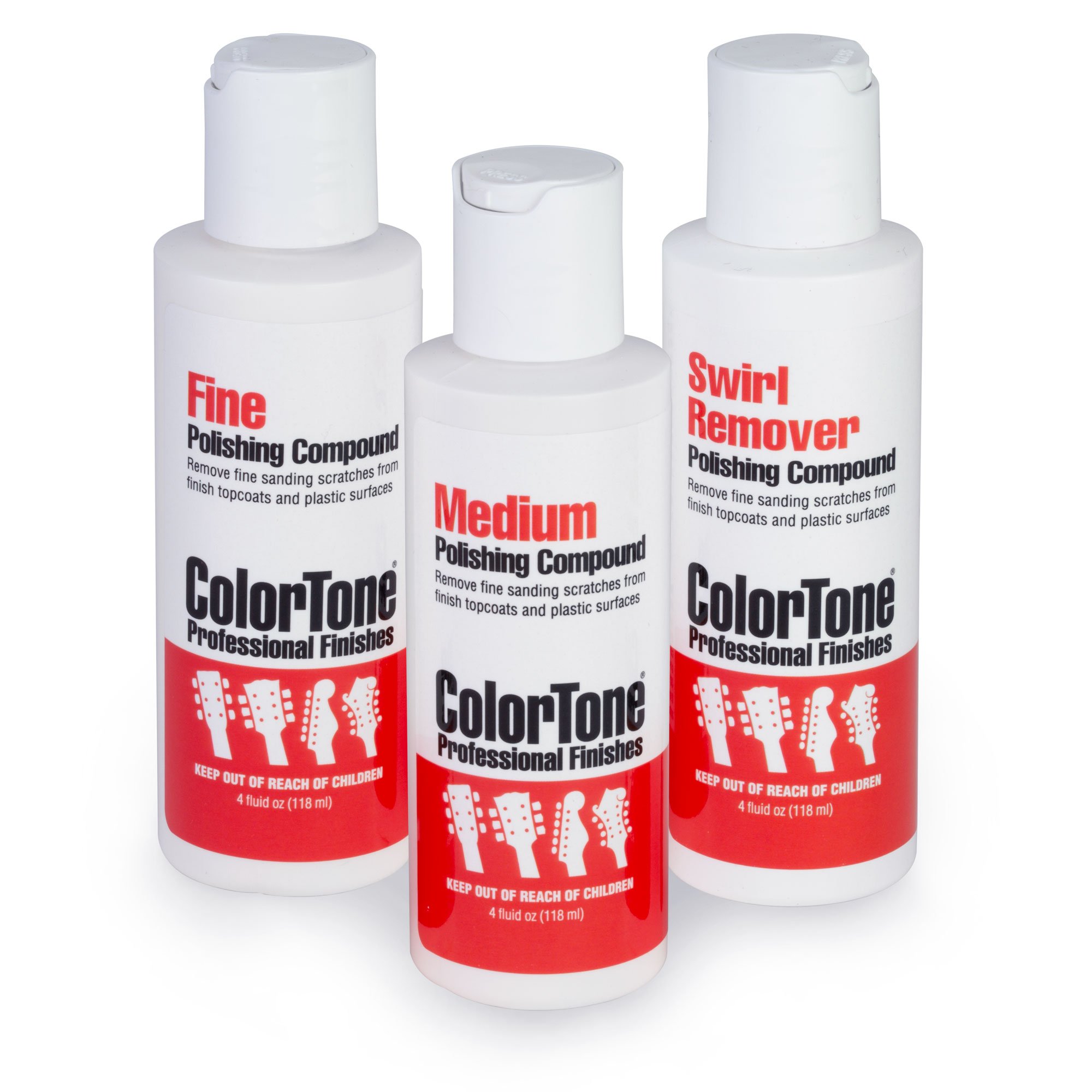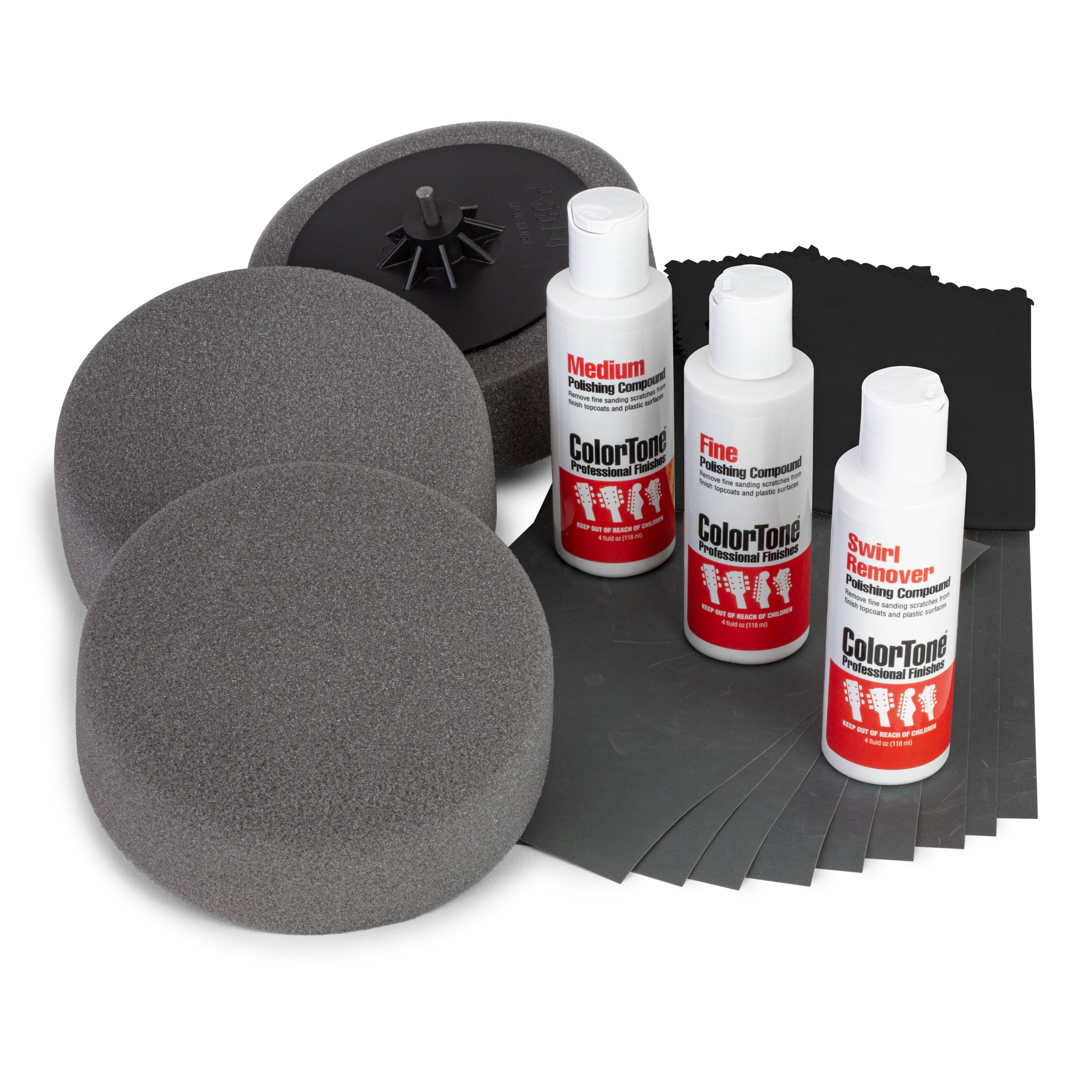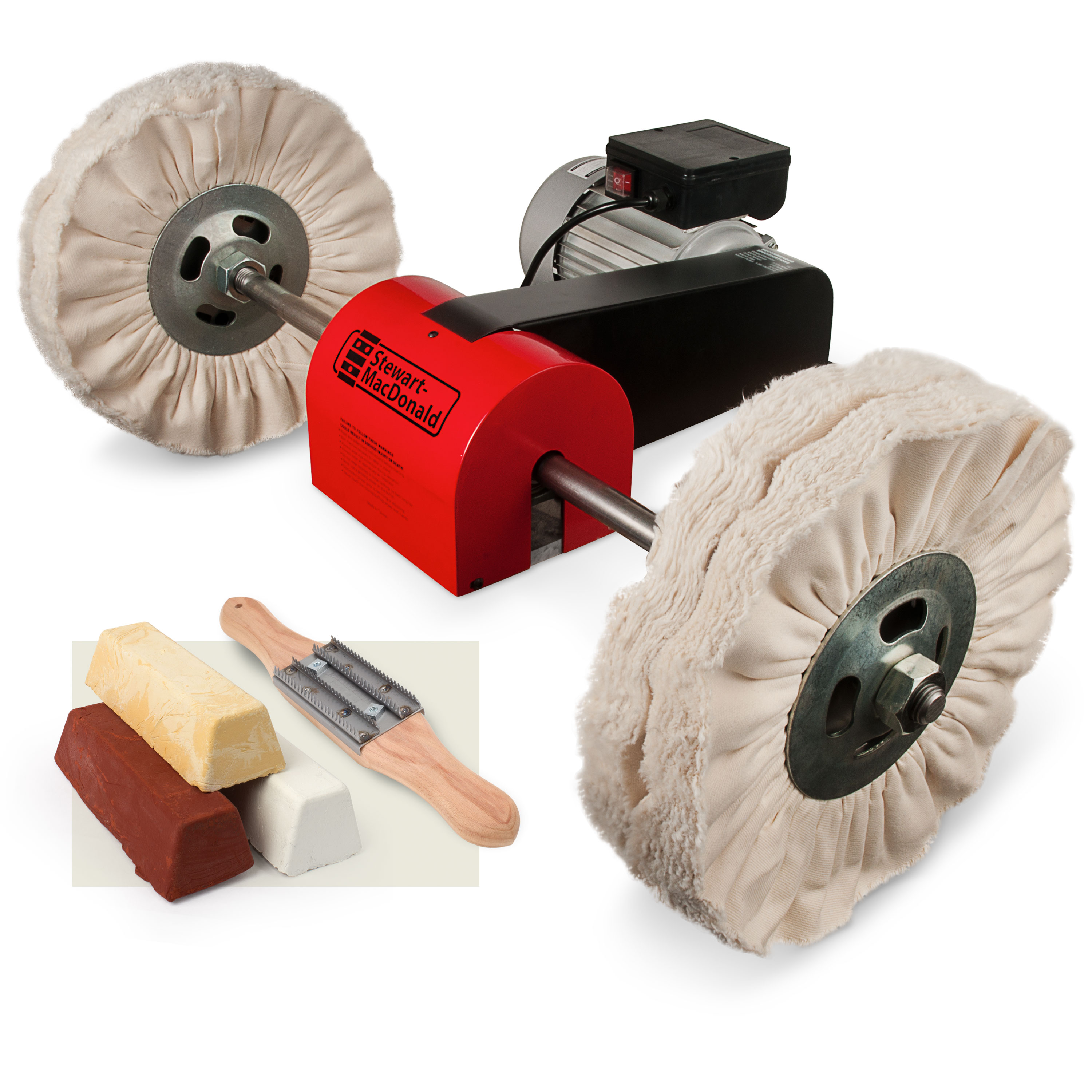ColorTone Aerosol Guitar Lacquer, Candy Tangerine
FENDER CLASSIC COLOR | TRANSLUCENT
Fender introduced the Candy Tangerine color to its guitars from 2002 on. Widely used by the Fender Custom Shop in Relic work. Inspired by the Candy colors of Hot Rod and custom cars.
Candy colors at Fender were developed in the mid to late 1950s.
Candy Tangerine is a translucent orange to make a bilayer process, you must apply a metallic base prior to color. This base is usually made in a gold color (GoldTop), although a silver (Inca Silver or Silver Sparkle) can also be used.
Our vintage-inspired colors
ColorTone colors are based on the original Fender and Gibson colors. The creation of these colors is preceded by a great work and exhaustive study by our laboratory and technical department. Thanks to this, we have managed to faithfully recreate the tones of Fender and Gibson guitars from the 50s and 60s.
During those years up to the present day, it should be noted that the colors of vintage guitars have changed a lot over the years due to the aging of the nitrocellulose lacquer and changes in the brand's own colors.
Therefore, two guitars finished in 1960 with fender colours may be totally different from each other or from a more modern guitar.
Application Guide:
- Apply to sanded bare wood, ColorTone fillers, sealers, or stains.
- When we start the painting work, the pores must be closed and the grain must not be marked.
- Apply the product at a distance of 12-14 inches away.
- When applying we must follow a pattern of application, first horizontal and then vertical, applying the paint uniformly.
- Apply several coats, leaving 24 hours to dry between them and sanding between them to remove any remaining impurities.
- Important: if using a metallic color, the last coat of color should not be sanded before starting the varnishing process.
- This work shall be completed when the surface is completely smooth and free of imperfections.
Frequently Asked Questions:
How many sprays do I need to varnish a guitar?
If the surface is well covered and it is not your first painting project, you can do it with a spray can, although you will not apply many coats. However if you are not an expert we recommend using 2 sprays for an optimal finish.
What temperature should the guitar be at during and after the process?
It is recommended to do it in a place where the temperature is between 70-75°F (15-25°Celsius). If the painting or varnishing process is carried out in very hot or cold conditions, the final result may not be good.
Where should I carry out the process?
A clean site will be essential, to prevent dirt or dust particles from adhering to the surface.
Is sanding between coats mandatory?
This is not something you should always do, but it is advisable in order to remove any imperfections left in the paint at the end of each coat, as well as any particles that may adhere.
